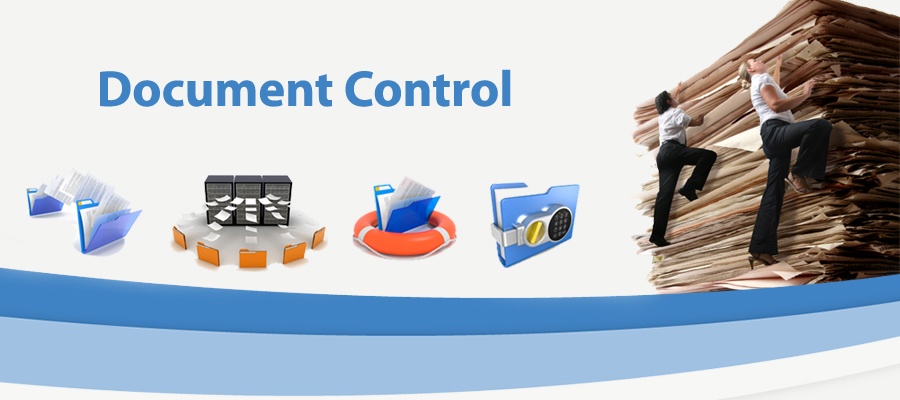EQMS Blog

Defining An Efficient Document Control Procedure
Indeed, there is no denying in the fact that a strong document control procedure always lies at the heart of every compliant QMS (Quality Management System) as nearly all auditing and compliance verification aspects are established by the analysis of documented proof. In the light of given fact it becomes obvious that the continuing preservation of an efficient document management system must not be ignored at any cost.
What is a Document Control Procedure
An extremely important element of quality and compliance programs is a document control procedure with the key purpose of keeping all the documents in order for an organization. An efficient document control procedure sets the structure for how documents are accepted, restructured or adjusted, how modifications are followed, how documents are issued (inside or outside) and how documents are considered as outdated. A document management system facilitates in the automation control and documents tracking that are organized in line with document control procedures.
ISO 9001 outlines that an organization shall manage documentation required by the QMS and that proper document control shall be implemented with controls in order to endorse, evaluate, revise, classify changes, spot revision position and give access. More to the point, ISO 9001 does not describe how an organization must plan its documentation, as majority of organizations keep a trustworthy corporate reflection, it is likely that any corporate layout will be enough.
Document creation
When it comes to document creation, the details regarding who creates a document, how it is created, are decided by the document control process. The details in this regard can include document format, document naming, and further technical particulars in relation to the document.
Document Review and Approval
For document review and approval, the details regarding document analysis, who is responsible to approve a document, and how these approvals or changes are recorded, are all made clear in the document control process. The principles of quality assurance necessitate reviewing of documents for accuracy purposes.
Usually when the documents happen to be finalized and approved, they will still require some changes in the future. The process for document revisions is established by document control procedures. In these procedures it is identified that who can start or demand revisions, and who can apply these revisions. There is an approval process like the initial document review and approval process when the revisions are drafted. More to the point, how a document will be recognized in relation to its revision is defined by the document control procedure as well.
Furthermore, the parameters are defined by the document control procedures about how and where a document is published, and who is allowed access when the documents are finalized and approved. Publishing requirements can specify whether the document is offered internally or externally, document availability, security limits regarding the document, and the like. Another significant process summarized in the document control procedure is the documents obsoleting, or their elimination from accessibility. Obsoleting could be established by date, or may take place when documents or their content reference are changed.
Benefits
There is no doubt that an effective document control procedure offers a lot of benefits. They ensure that the documents are used in their accurate, state-of-the-art, and approved manner. An organization can face some serious problems if the documents that are obsolete or in accurate are used. In the absence of a document control procedures one can observe some of the most avoidable audit findings such as unapproved or obsolete measures, uncontrolled documents, unreachable or misplaced files. Hence, it is best to understand the essential requirements because they affect to an organization and there are no hard and fast rules.
If you are interested in implementing an efficient document control procedure or need support with your quality management system, then contact us for a free consultation.

Request a free consultation
Contact us to discuss your needs and see how we can support to reach your goal.

Recent posts

In today's digital age, businesses are constantly exposed to various cyber threats. As a result, companies must adopt a proactive approach to cybersecurity to prevent data breaches, theft, and other...

Quality management systems are essential in ensuring that organisations can deliver quality products and services consistently. The International Organisation for Standardization (ISO) developed the ISO 9001 standard to help organisations...

ISO 14001 is a globally recognised standard for environmental management systems (EMS) that helps organisations manage their environmental impact and improve their sustainability performance. Obtaining this certification demonstrates a company's...
Just a Few of Our Clients
Request a Free Consultation
Contact us to discuss your needs and see how we can support to reach your goal.












